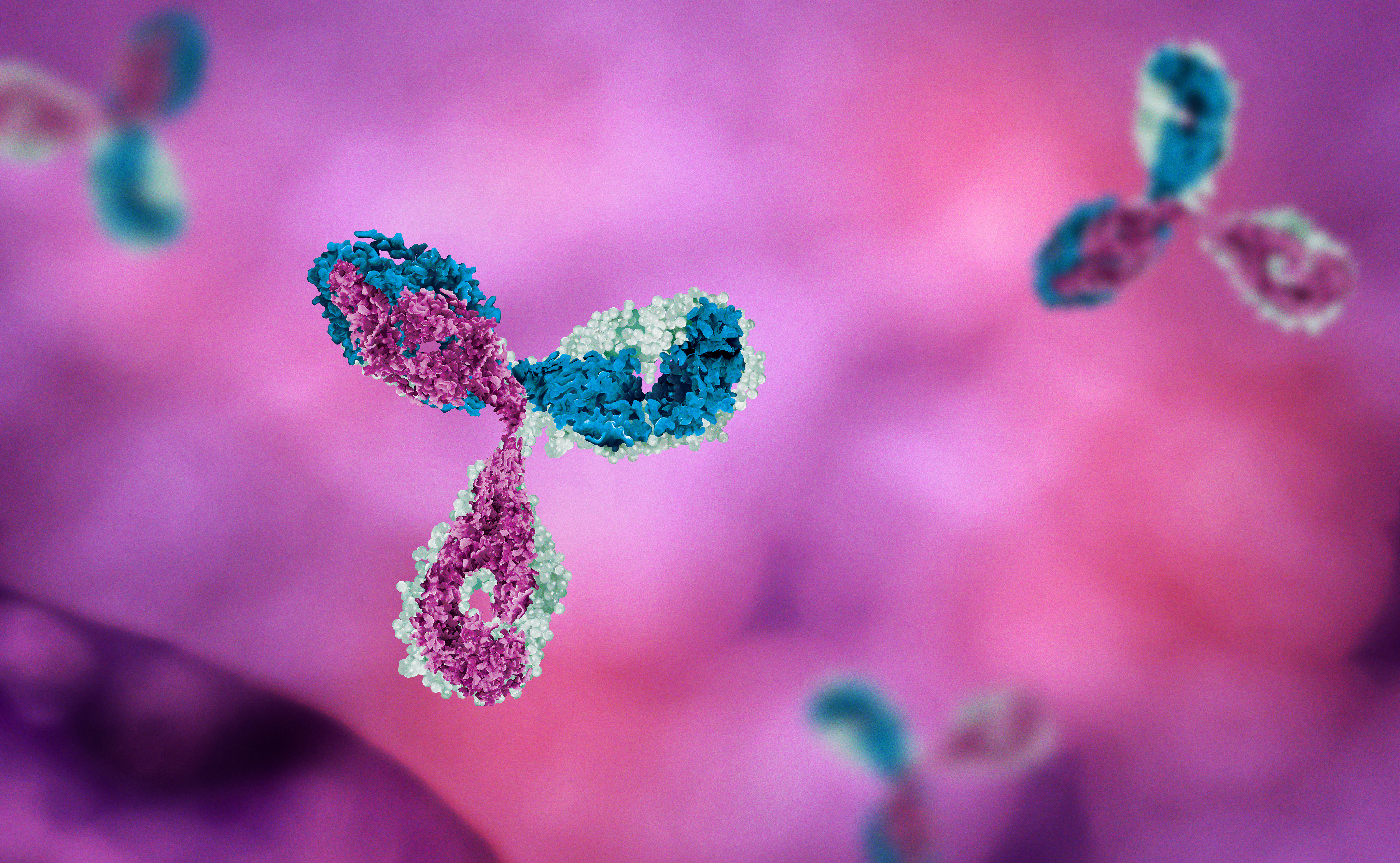
The critical, yet delicate balance of the microbiome in maintaining health and influencing disease is becoming increasingly recognised. In recent years, research has established critical links between gut bacterial metabolites and diseases such as chronic liver disease and Alzheimer’s. Manipulating gut microbial compositions to optimise our health has been a puzzling and delicate task, and the concept of reliably modifying specific bacterial populations within the body without requiring the use of antibiotics, had not yet been achieved.
In July 2024, researchers with Eligo Bioscience achieved a breakthrough by delivering a gene-editing tool to gut bacteria in mice. Their goal was to create a system capable of genetically modifying potentially pathogenic bacteria while preserving the delicate balance the existing interactions within the microbiota. By leveraging the powers of synthetic biology, Eligo Bioscience is looking to unlock the full potential of the microbiome to enhance health and prevent disease.
In their study published in Nature, the researchers demonstrated how the gene-editing tools similar to CRISPR technology can be used to edit the genetic makeup of specific gut bacteria in mice, for example by “turning off” certain pathogenic bacterial gene targets. The gene-editing tool was delivered to the bacteria via a capsid derived from bacteriophages, a type of virus naturally adapted to infect bacteria and archaea.
The capsid, which normally encases a viral genome, was engineered by Eligo Bioscience to target specific E. coli receptors in the mouse gut. A synthetic biology approach was taken to design and generate a number of different chimeric capsid variants. The specifically designed capsid variants were functionally evaluated to identify the preferred variant which demonstrated greatly improved delivery efficiency. Careful engineering also ensured that the editing tool could be efficiently expressed in the target, but could not be replicated in recipient bacteria.
This modified capsid was loaded with a plasmid carrying a base editor targeting the β-lactamase gene in a model E. coli strain and administered orally to the mice. Remarkably, a single dose of the base editor achieved a median editing efficiency of 93% within eight hours of administration, and subsequent studies showed that the ratio of edited to unedited E. coli in the mouse gut remained stable over time.
Additionally, the use of the chimeric capsid enabled the system to target a wider range of gut bacteria, including further E. coli strains and a strain of Klebsiella pneumoniae, which is a common cause of healthcare-acquired infections. Notably, the system also succeeded in editing the csgA gene in pathogenic E. coli strains within mice, achieving around 70% editing efficiency that was sustained for at least three weeks. The csgA gene has been implicated in neurodegenerative and autoimmune diseases, highlighting the broad therapeutic potential of this innovative approach. In fact, Eligo Bioscience, who in 2023 secured $30 million from a Series B funding round, is already applying the technology to develop new therapies for numerous conditions.
The optimisation of delivery and integration of gene-editing tools into bacteria making up the microbiome could revolutionise how we approach microbiome therapeutics. Switching the focus from bacterial therapies to synthetic gene editing therapies may broaden the landscape of addressable conditions. Our microbiome and synthetic biology teams at Mewburn Ellis are excited to see increasing interactions between these two fields, creating a new age of therapeutics.
This blog was originally written by Alice Jefferies.
Amelia is a trainee patent attorney in our life sciences team. Amelia has an undergraduate BSc degree in Biochemistry from Cardiff University with an Industrial placement at GlaxoSmithKline and a PhD Cancer Sciences from University of Manchester.
Email: amelia.jones@mewburn.com
Sign up to our newsletter: Forward - news, insights and features
Our people
Our IP specialists work at all stage of the IP life cycle and provide strategic advice about patent, trade mark and registered designs, as well as any IP-related disputes and legal and commercial requirements.
Our peopleContact Us
We have an easily-accessible office in central London, as well as a number of regional offices throughout the UK and an office in Munich, Germany. We’d love to hear from you, so please get in touch.
Get in touch


